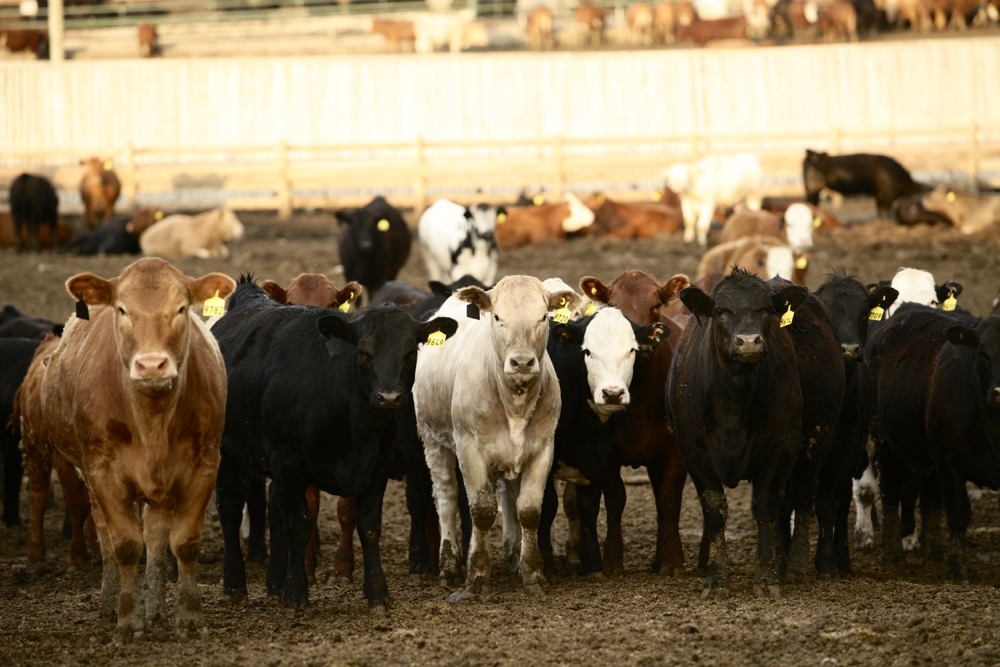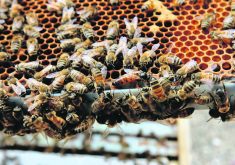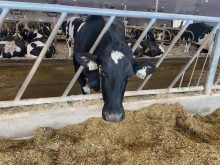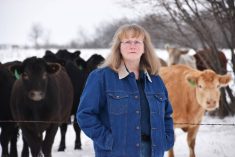Antimicrobial use in Canadian cattle is in for a major rethink.
Growing concern from consumers and animal scientists over antibiotic resistance also underlines an unpleasant truth for producers — these long-relied-upon tools may be on the cusp of becoming ineffective.
“In our industry we need to know if we are creating resistance within our animal population through our production practices and if we are going to create a situation where antimicrobials won’t be effective for our needs anymore,” said Craig Dorin, managing veterinary partner with Agri-Health Services of Airdrie, Alta, during a recent webinar presented by the Beef Cattle Research Council (BCRC).
“Society is going to review how we do this and it’s going to have expectations of us,” he said. “So, we need to have a mind shift on how we approach our use of these products so that we can defend the fact that we’re using them prudently and in a sustainable manner.”
According to Dorin, new regulations have already been proposed and some will be implemented in coming years, including changes to allowed products and increased veterinary supervision when administering antimicrobial drugs.

“In the next year or two some of the regulatory changes that we are expecting to be implemented would be the removal of growth promoting claims on medically important antimicrobials,” Dorin said. “An example of a product that may fall into this category would be AS 700. It is a feed-grade antibiotic and its label claim is for growth promotion in cases where respiratory disease issues may persist.”
Decades of use
The cattle industry has been using antimicrobials for decades to treat and prevent disease and infection and to improve animal growth.
“Antimicrobials in Canada are divided into four classes — low importance, medium, high and very-high importance,” said Reynold Bergen, science director for the BCRC. “The cattle industry currently uses medication from all four classes, with high-importance antimicrobials being the most commonly used.”
Read Also

Linebreeding horses drives genetic bottlenecks
Too much linebreeding and prioritizing pedigree can narrow genetic diversity and lead to horse health problems in future generations.
“An example of a product used to improve animal growth would be Tylosin when used in feed to control liver abscesses,” said Dorin. “Not only do animals with reduced liver abscesses grow faster but less livers are condemned at the plant so the total value of the animal increases as well.”
The concern is that overuse of these drugs may result in resistance development that could cause decreased effectiveness, increase the use of ‘last-resort’ or very-high-importance products, and eventually leave the industry with less resources to fight off disease and infection.
However, for now, Bergen says that research is showing the Canadian beef industry is doing a great job at keeping resistance levels low.
“Antimicrobial resistance is looking really good right now,” Bergen said. “I would dare to say that any other livestock sector in Canada would be proud of these results.”
The Canadian Integrated Program for Antimicrobial Resistance Surveillance (CIPARS) conducts ongoing surveillance of cattle entering slaughter plants, as well as on retail beef, he said.
“In the surveillance conducted by CIPARS, we see results showing next to no resistance in the very-high-importance class. We see really low resistance in the high-importance and a little bit more resistance in the medium-importance products,” said Bergen.
Reducing the need
To minimize the risk of developing resistance, Dorin says producers must only use antimicrobial products when necessary, understand the different classes of products, choose the most appropriate product and have a clear understanding of the product’s timeline.
“In my opinion, the cow-calf production sector is where we have the best opportunity for reduced antimicrobial use. This is the non-confined time frame of the animal’s life and we can spread them out and reduce the overall incidence of disease, in turn, reducing the needs and requirements for antimicrobials,” he said.
Dorin notes there may also be management changes producers could consider to improve overall herd health and reduce dependence on these drugs.
He says in his practice he has seen a number of producers switch to spring calving, which has reduced animal health issues dramatically.
“While this industry was recovering from BSE, our cow-calf producers had to learn to manage their costs and one of the things a lot of our clients did was calve later in the year,” he said. “By calving later, they are calving on dry ground, green grass and there are far fewer problems.”
Other tools to consider are vaccination protocols, biosecurity plans, low-stress weaning, farm-to-feedlot sales, accurate disease diagnosis and ensuring proper animal nutrition.
“Proper nutrition is absolutely the foundation of any health program,” he said. “You need to make sure that all of your cattle are getting the necessary energy, protein but especially the minerals and vitamins that they need. Over my career as a veterinarian in the beef industry I have come across far more situations where nutrition ended up being more of a solution than drugs or antibiotics.”
















